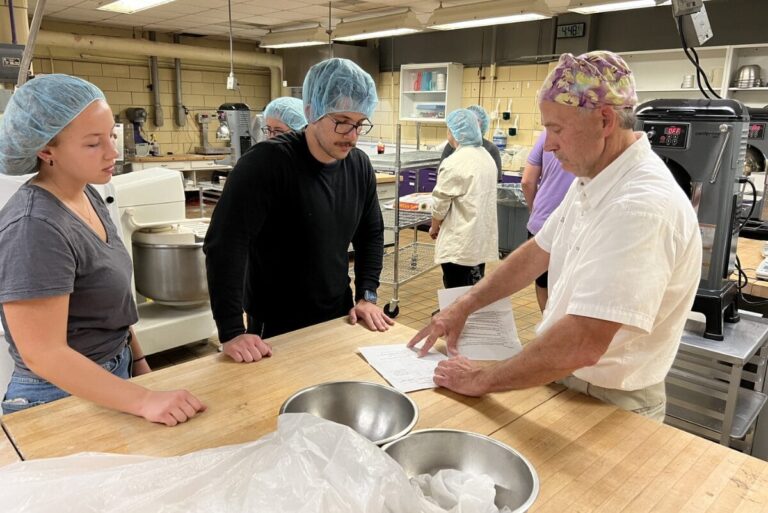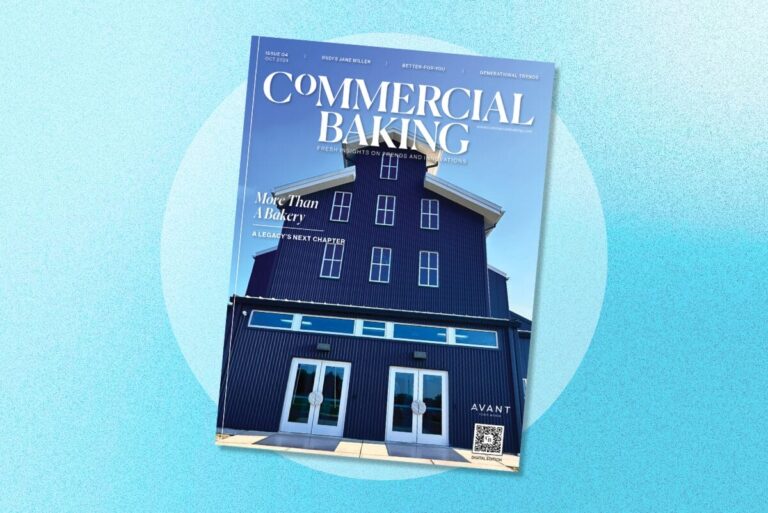KANSAS CITY, MO — For decades dating back to the ’50s, brand marketing was a one-way street: Companies relied on print, TV and radio advertising to get their products in front of consumers. Marketing strategies were simple, straightforward and typically targeted toward the demographic with the most purchasing power, namely adults.
The emergence of digital marketing accompanied by the lightning-fast pace of advancements in technology turned brand marketing on its head. Companies had to retool their strategies, and that challenge continues as brands grapple with how to reach consumer audiences that now span five generations: baby boomers, Gen X, millennials, Gen Z and Gen Alpha.
“One of the biggest challenges for brands today is that consumers’ media consumption and shopping patterns are fragmented and evolving,” said Michael Della Penna, chief strategy officer for InMarket, a digital advertising firm. “One-size-fits-all approaches to generational marketing no longer apply.”










